Ceres: A Closer Look At The Largest Asteroid In The Solar System
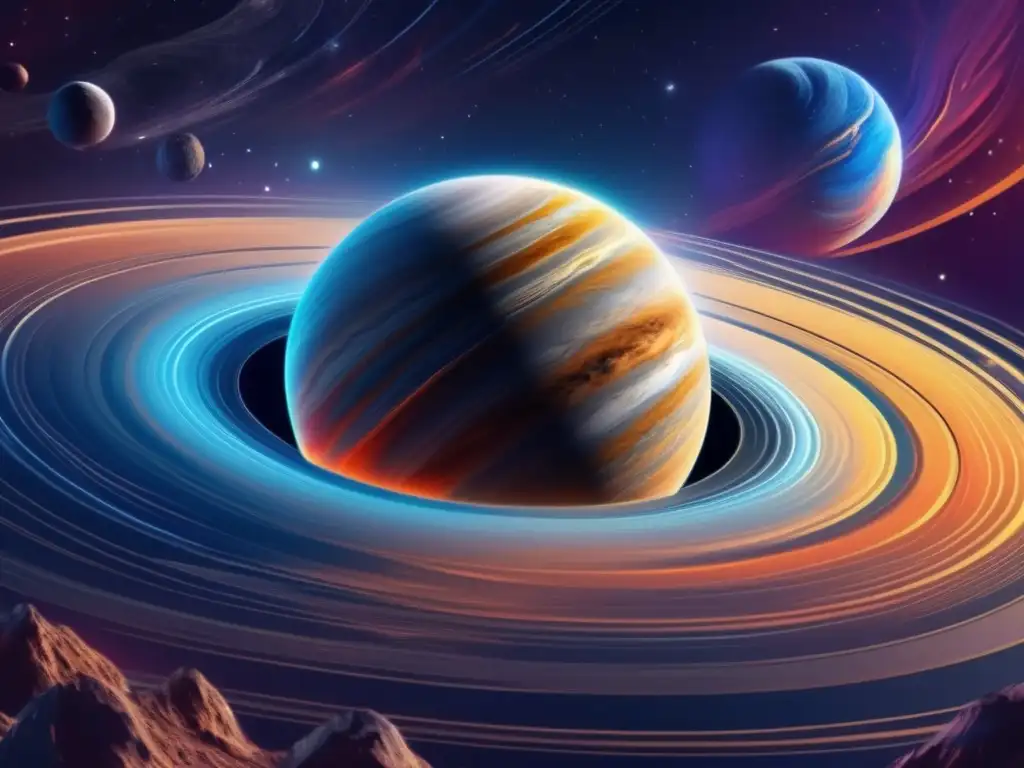
Introduction
Ceres is the largest asteroid in the solar system, located in the asteroid belt between Mars and Jupiter. It has been an object of fascination since its discovery in 1801 by Italian astronomer Giuseppe Piazzi. Ceres is unique as it is the only asteroid to be classified as a dwarf planet, along with Pluto and Eris. In this article, we will take a closer look at Ceres and explore its history, composition, and significance in our solar system.
The Discovery of Ceres
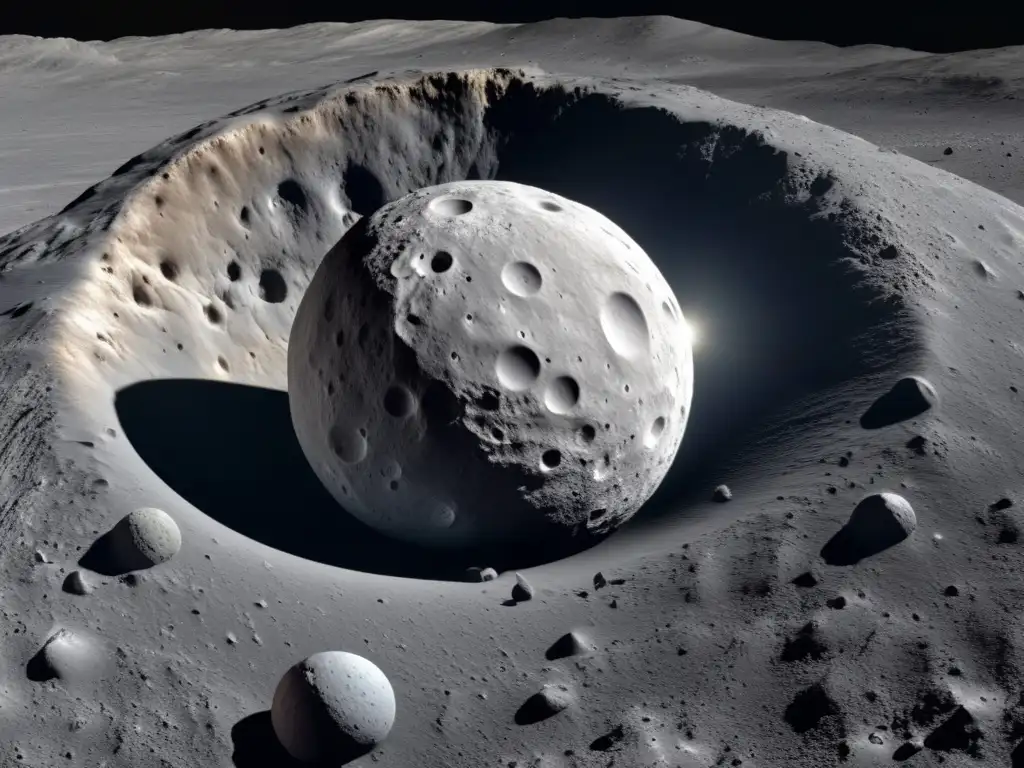
History of Discovery
Ceres was discovered by Giuseppe Piazzi on January 1, 1801, while he was mapping stars in the constellation Taurus. He originally thought it was a comet, but later realized it was a new celestial object. The name Ceres comes from the Roman goddess of agriculture and grain.
Characteristics and Size
Ceres has a diameter of 590 miles (940 kilometers), making it the largest object in the asteroid belt and about a quarter the size of Earth's moon. It also has a spherical shape, which is a characteristic of dwarf planets. Ceres has a gravitational pull that is strong enough to have cleared its orbit of debris, which is another requirement to be classified as a dwarf planet.
Ceres's Composition
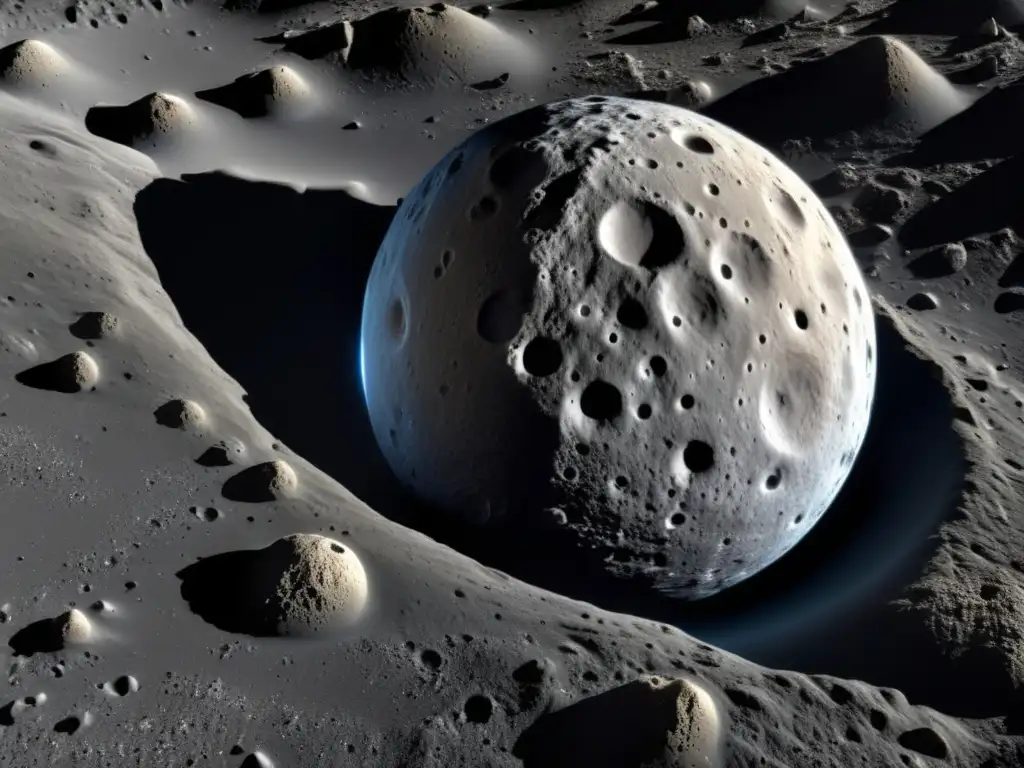
Surface Features
Ceres's surface is diverse, with craters, mountains, and bright spots. Its largest feature is the Occator Crater, which has a diameter of 57 miles (92 kilometers) and is home to the famous bright spots. These spots are made up of sodium carbonate and sodium bicarbonate, which suggests that Ceres may have a subsurface ocean that occasionally erupts onto the surface.
Water Ice
Ceres also has evidence of water ice on its surface. The Herschel Space Observatory detected water vapor emanating from Ceres in 2014, and the Dawn spacecraft found bright spots that were consistent with the presence of water ice. The discovery of water ice on Ceres is significant because it suggests that water-rich asteroids like Ceres could have played a role in delivering water to our planet and possibly even kick-starting the development of life on Earth.
Ceres's Significance in our Solar System
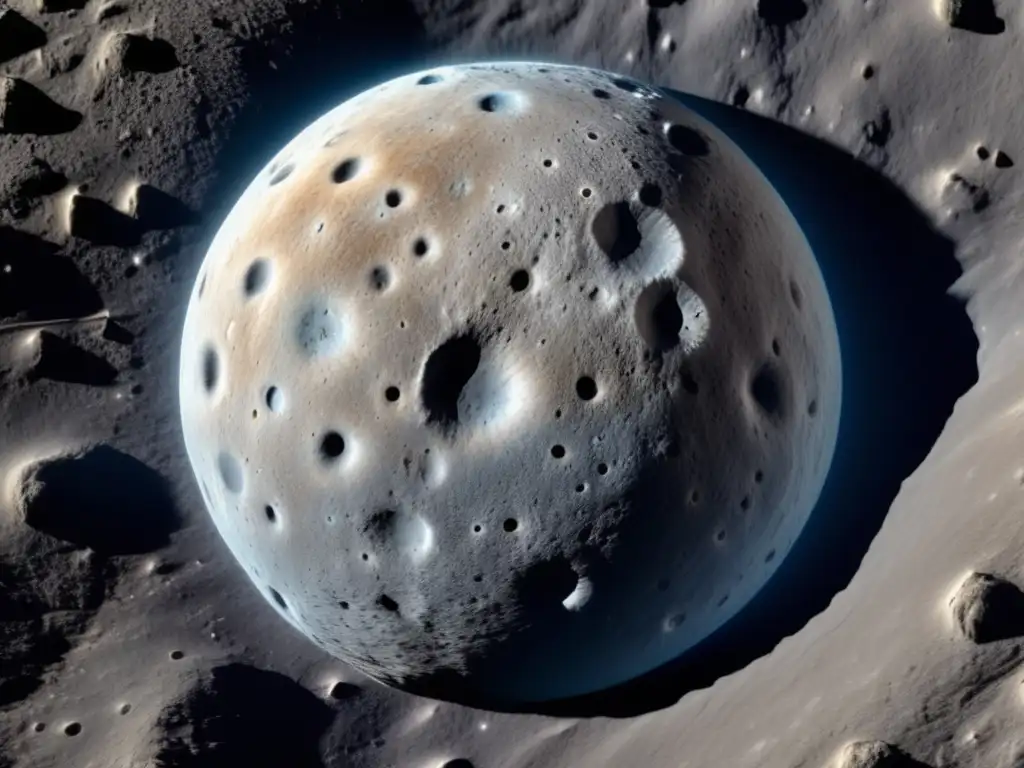
Asteroid Belt
Ceres is located in the asteroid belt, which extends between Mars and Jupiter. This region is home to thousands of asteroids, and studying them can help us understand the early history and formation of our solar system. Ceres's status as a dwarf planet also makes it an important object for astronomers to study, as it provides insight into the characteristics and formation of these celestial bodies.
Mission to Ceres
The Dawn spacecraft was launched in 2007 and arrived at Ceres in March 2015. Its mission was to study Ceres's surface, composition, and history. The spacecraft orbited Ceres for more than three years, providing scientists with detailed measurements and images of the dwarf planet. The data collected by Dawn has helped us better understand the complex geology, chemistry, and structure of Ceres.
Frequently Asked Questions

-
What is Ceres?
Ceres is the largest asteroid in the solar system and a dwarf planet. It was discovered in 1801 by Giuseppe Piazzi and is located in the asteroid belt between Mars and Jupiter.
-
What is unique about Ceres?
Ceres is unique because it is the only asteroid to be classified as a dwarf planet, and it has a spherical shape and strong enough gravitational pull to have cleared its orbit of debris.
-
Why is Ceres important?
Ceres's discovery and study provide insight into the formation and early history of the solar system. Its water ice also suggests that water-rich asteroids like Ceres could have played a role in delivering water to Earth and possibly even providing the foundation for life.
-
What is the Dawn spacecraft?
The Dawn spacecraft was launched in 2007 and orbited both Vesta and Ceres from 2011 to 2018, providing detailed measurements and images of these asteroids.
-
What did the Dawn spacecraft discover about Ceres?
The Dawn spacecraft discovered evidence of water ice on Ceres's surface, as well as the famous bright spots and diverse surface features. The data collected by Dawn helped us better understand the complex geology, chemistry, and structure of Ceres.
Conclusion
Ceres is a fascinating object in our solar system, and its study has provided us with valuable insights into the formation and early history of our solar system. Its water ice and status as a dwarf planet also hold important implications for the possibility of life on other planets. Through the discovery of Ceres and continued exploration of the asteroid belt, we can continue to expand our understanding of the cosmos.
Thank you for taking the time to read this article. We encourage you to share your thoughts in the comments section and to positively interact with Asteroid Realm, whether by subscribing, sharing the article on social networks, or other forms of participation.
Additional Resources
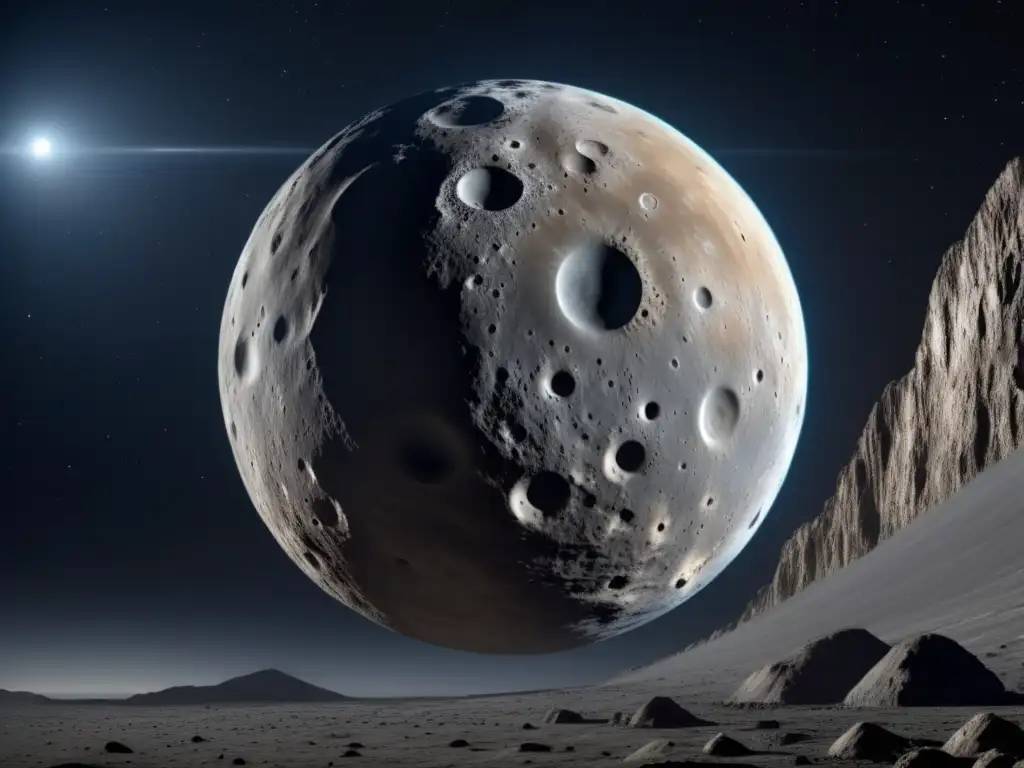
- NASA: Dawn at Ceres
- NASA Solar System Exploration: Ceres
- Space.com: Ceres: Dwarf Planet Facts, Discovery, Size & History
 Discovering The Unique Qualities Of Asteroid Palinurus
Discovering The Unique Qualities Of Asteroid Palinurus A Detailed Analysis Of Asteroid Nisus
A Detailed Analysis Of Asteroid Nisus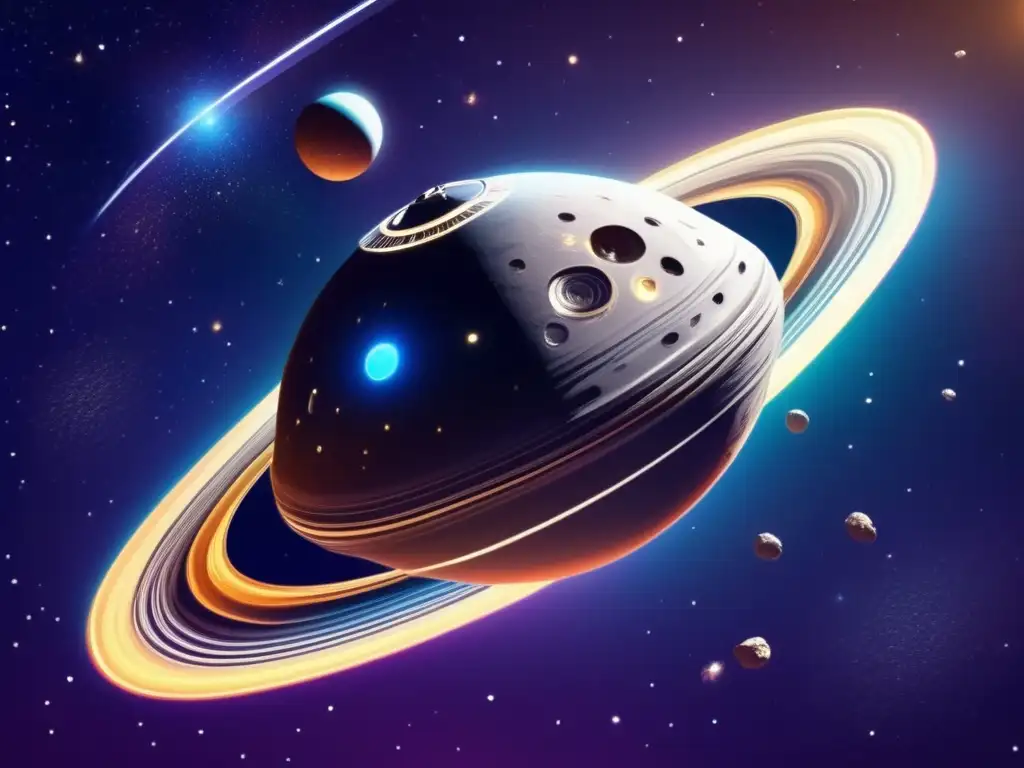 Vesta: The Brightest Asteroid - A Detailed Profile
Vesta: The Brightest Asteroid - A Detailed ProfileIf you want to discover more articles similar to Ceres: A Closer Look At The Largest Asteroid In The Solar System, you can visit the Asteroid Profiles category.
Leave a Reply

Articulos relacionados: